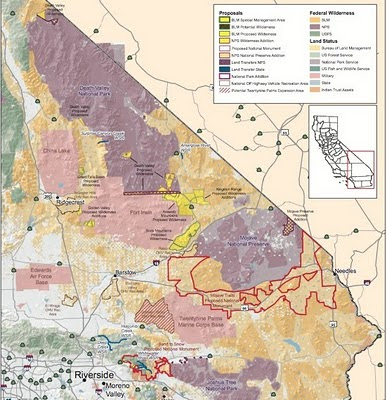Calico Solar Environmental Impact Deemed Significant

The Calico Solar (formerly SES Solar One) project proposed for the Pisgah area was deemed to have significant impacts on biological resources, according to the draft environmental impact statement produced by the California Energy Commission (CEC). The Calico Solar project, which would be built on approximately 8,230 acres of Mojave Desert public land. Unlike with the Ridgecrest Solar Power Project staff assessment (see previous post ) where the CEC openly recommended against construction on the proposed site, the CEC Staff did not make an outright recommendation on Calico Solar. The CEC Staff made it clear, however, that the environmental impacts would be significant under current environmental laws, and if construction goes forward Calico Solar would have to implement substantial mitigation and adhere to several conditions in order to reduce the environmental impact to "less than significant" levels. The Staff also noted that the Calico Solar "r...

